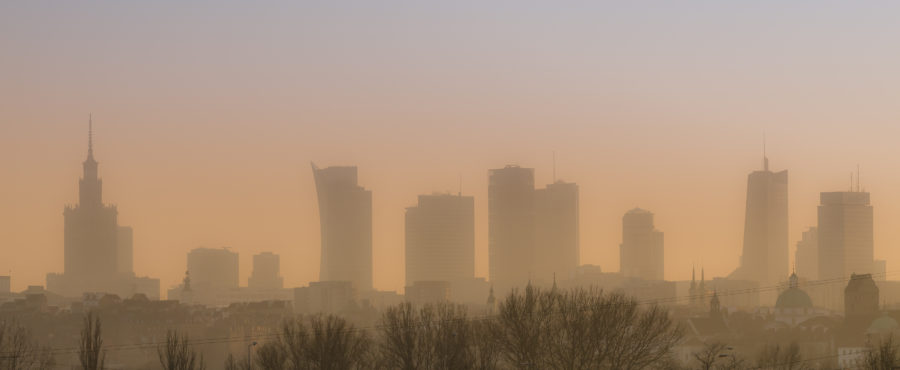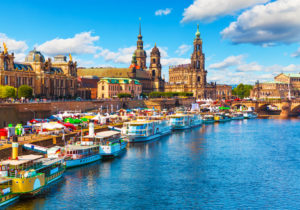
Smog and air pollution are becoming world’s more and more serious problems. Fighting this phenomenon effectively requires both systemic changes to each country’s national policy and day-to-day work of people as well as changes of their behaviours.
The main causes of smog are well known and thus, there are a number of well-defined remedies.
Popularization of public transport
One of the major sources of air pollution is passenger cars. In addition to released fumes, other problems include the dust produced by exploitation of cars, coming, among others, from the wearing of brake blocks or tyres.
However, using public transport allows transportation of a greater number of people in fewer vehicles. This instantly translates into effectiveness – on one route, instead of hundreds of cars releasing fumes and brake block dust, there are just several buses at most. What’s more, modern public transport vehicles more and more frequently have a hybrid construction or are fully electric, which directly translates into their lower impact.
Greenery
Right now trees and plants constitute the only heavy-duty air filter. They additionally enrich air with oxygen, which in the cities is needed not only by people, but also by combustion engines. A single pine is able to produce oxygen for three peopleI)http://dlaklimatu.pl/oczyszczajaca-rola-drzew. Planting trees allows us to fight smog both in an organised way, by planned planting massive numbers of trees and local initiatives, such as greenery in backyard gardens.
Optimisation of energy consumption in buildings
One of the main, though indirect causes of smog is low energy effectiveness of buildings. According to report “Energy effectiveness in Poland 2017” (“Efektywność energetyczna w Polsce 2017”) over 34 per cent of dwellers of Polish residential houses assess that they need to upgrade their heating installations, including replacement of the heating stove. In more than one in four cases, roof renovation is required and in 26 per cent of buildings – wall insulation.
Increasing energy efficiency of buildings means that less energy is used for heating. On one hand, this translates into lower bills for electricity or heating fuel; on the other – burning less fuel releases less pollutants into the atmosphere.
Centralisation of heating systems
Home heaters and heating installations have much less strict emission standards than those in city power and heating plants and heating facilities. Centralisation of heat generation instantly results in lower pollution coming from fumes generated when heating a specific number of buildings.
This is one of the reasons why professional heating industry, with its emission standards cannot use low-quality fuels, not to mention garbage or old furniture, which not infrequently is used as fuel in home stoves.
Filters and modernization
Today Polish heating facilities do not have to use filters installed in the largest heat generation plants. Instead, they must use high quality hard bituminous coal, with low sulphur content. However, the heating industry will be undergoing major changes in the forthcoming years because of the changing EU regulations. Emission standards will get stricter and even small heating facilities will need to be modernized by, among other things, installing proper filters. This will be a major challenge that requires relevant support mechanisms if the cost of network heating is to remain attractive to consumers.
| I. | ↑ | http://dlaklimatu.pl/oczyszczajaca-rola-drzew |




